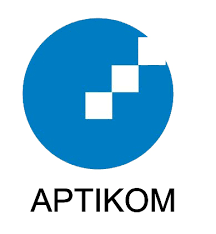Prediction of New Student Registration at Universitas Muhammadiyah Yogyakarta using the Naïve Bayes Classification Algorithm
DOI:
https://doi.org/10.18196/eist.v2i1.16869Keywords:
re-registration prediction, data mining, naïve bayes, rapid minerAbstract
All public and private universities perform new student admission each year, with the number of applicants reaching the thousands. Prospective new students who intend to continue and meet the higher education criteria must re-register according to the university’s timetable after enrolling through their selected pathway and being pronounced passed. Due to the movement of prospective students to different departments or universities, the number of applications typically does not match the number of individuals who have re-registered. If the probability of a new student candidate departing can be discovered early, higher education management can take the necessary steps to retain the prospective student. Data mining and the Naïve Bayes algorithm were employed to analyze the data. The information was extracted from Universitas Muhammadiyah Yogyakarta’s database of Information Technology freshmen applicants for 2016-2017. Microsoft Excel, RapidMiner, and SQL Server 2014 Management Studio were utilized.
References
Prasetyo, E. (2012). Data mining konsep dan aplikasi menggunakan matlab. Yogyakarta: Andi.
Sugianti, D. (2012). Algoritma Bayesian Classification Untuk Memprediksi Heregristrasi Mahasiswa Baru Di STMIK Widya Pratama. Jurnal Ilmiah ICTech, 10(2), 1-5.
HERI, S. (2017). ALGORITMA BAYESIYAN CLASSIFICATION UNTUK MEMPREDIKSI HEREGISTRASI MAHASISWA BARU DI STIKES HANG TUAH PEKANBARU (Doctoral dissertation, Universitas Islam Negeri Sultan Syarif Kasim Riau).
Bramer, M. (2007). Principles of data mining (Vol. 180). London: Springer.
Febrian, F. (2011). Analisis Komparasi Algoritma Klasifikasi Data Mining Pada Akseptasi Data Fakultatif Reasuransi Jiwa. STMIK Eresha, Jakarta, MasterThesis.



